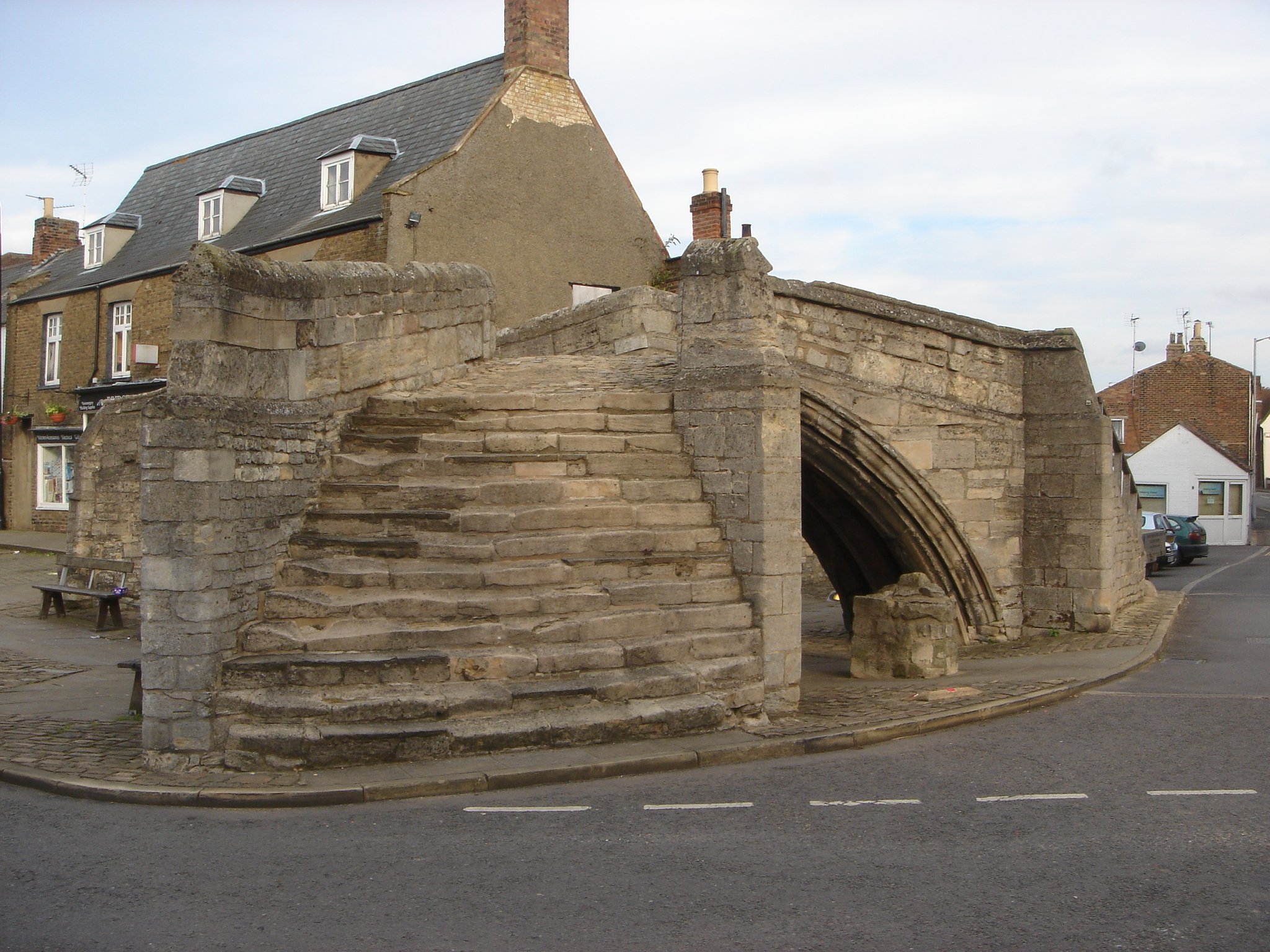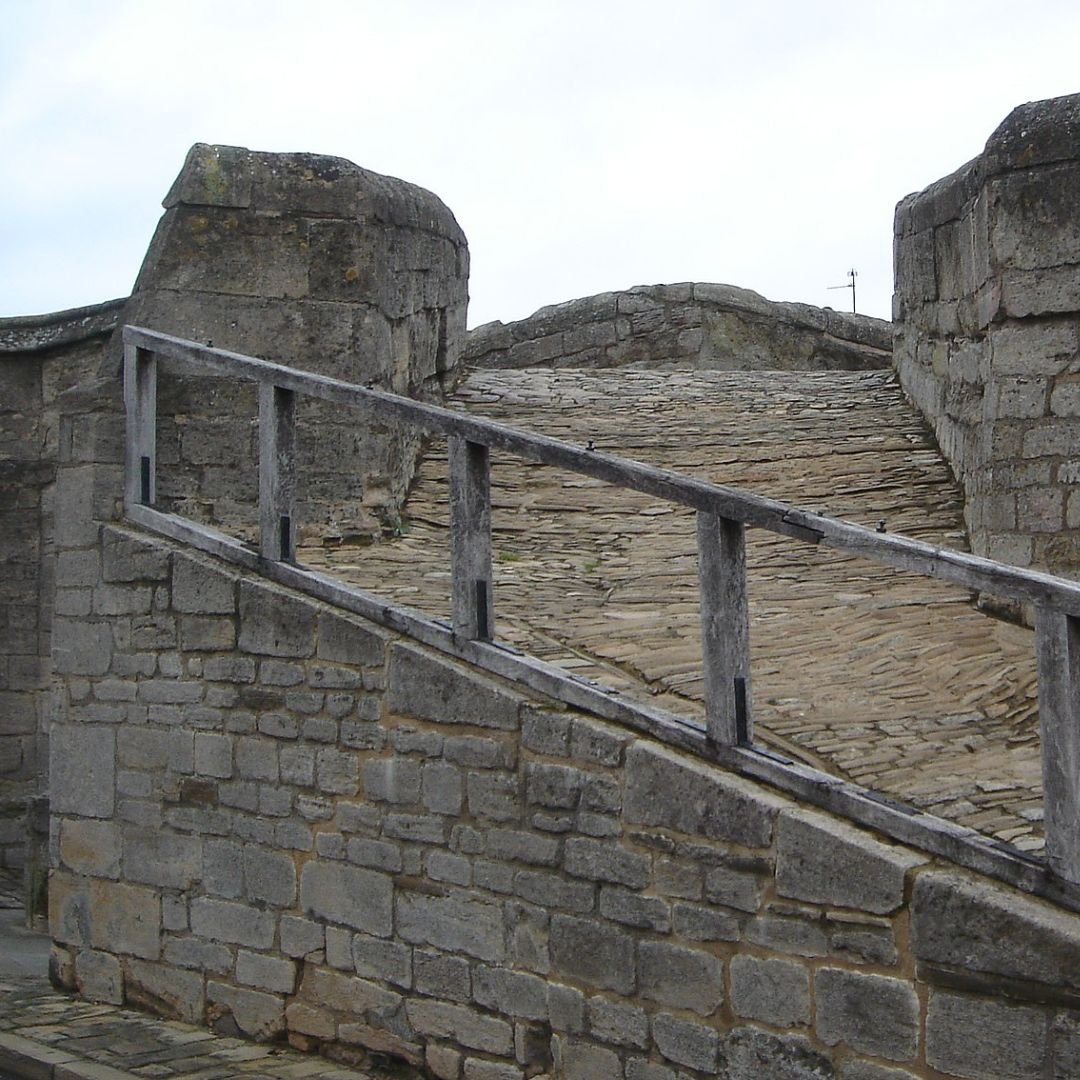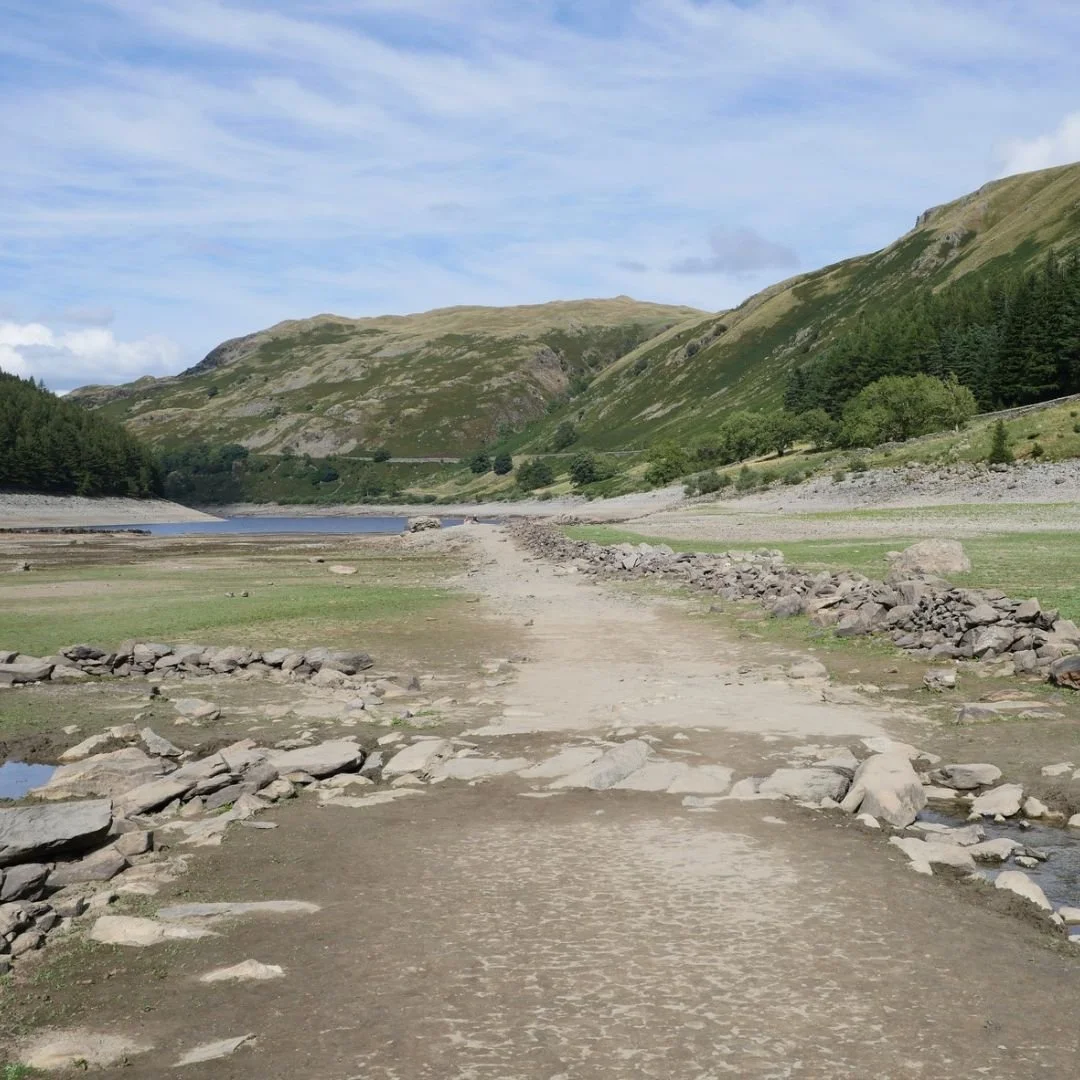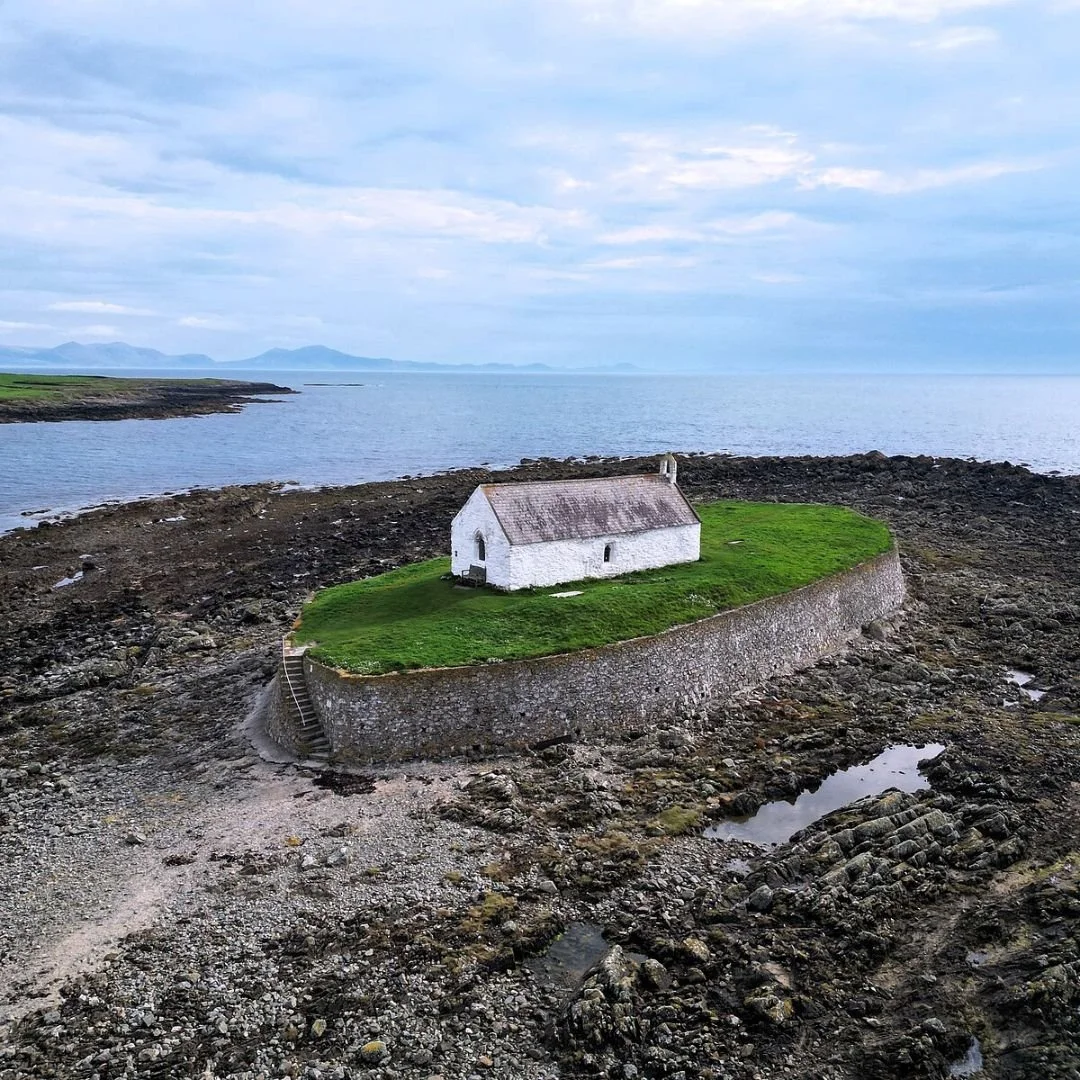Trinity Bridge, Crowland: 14th Century Gem
Trinity Bridge is a unique three-way stone arch bridge that stands at the heart of Crowland, Lincolnshire.
The current bridge, built between 1360 and 1390, replaced a previous wooden bridge.
The bridge, the only of its kind in Britain, is a scheduled monument and Grade I listed.
Also known as Croyland Bridge, it consists of three gothic arches, and is supposed to have been built in honour of the Trinity.
The unique landmark is predominantly built from Barnack stone, which was quarried about 10 miles to the west of Crowland, and presumably transported by boat on the Welland.
This iconic structure has three stairways that converge at the top.
The seated figure (pictured further below) is thought to be that of Christ, or king Ethelbald, and is possibly from the west front of the Croyland Abbey.
King Ethelbald reigned as the King of Wessex from 856 to 860 - he succeeded his father Ethelwulf to the throne.
One of the notable aspects of Ethelbald's reign was his marriage to his stepmother Judith, who was previously married to his father, Ethelwulf.
This marriage was considered controversial and led to tensions within the kingdom. It also raised concerns about the legitimacy of Ethelbald's rule.
Ethelbald's reign was relatively short, and he was succeeded by his younger brother, Ethelbert, upon his death in 860.
Originally, the bridge spanned the River Welland and a tributary that flowed through the town, although the rivers were re-routed in the mid 17th century and no longer flow anywhere near the bridge.
It was an unusual and economical solution to the crossing of two watercourses at their confluence, reducing the need for three separate bridges to a single structure with three abutments.
Crowland would have been an important place - with its abbey acting as a landmark and attraction, Crowland thrived in the medieval period.
Providing a crossing for traffic would have boosted the town's importance.
In the days when travel was so difficult in the fenland, any river crossing for heavy traffic was important.
King Stephen granted the town a charter in 1142, while Henry VI allowed it to hold a fair and a market in the 15th century.
The bridge at one time had a large cross at its apex - and it may have been used as a platform by preaching monks and as a centre of devotion for pilgrims approaching the abbey.
During the Middle Ages, Trinity Bridge had gentle slopes leading upwards - in more recent times, steep steps have been substituted.
Today, occasional outdoor religious services still take place there.
The suppression of the monastery in the 16th century hit Crowland badly, economically and socially, and the population ebbed away.
Later land drainage and the alteration of the river course from the 17th century onwards eventually made the Trinity Bridge redundant.
Navigation of the Welland became easier for larger craft, but the town and its bridge were bypassed.
Crowland Abbey (pictured below) was demolished in 1539 as part of Henry VIII's Dissolution of the Monasteries.
The nave of the abbey church and two side aisles were left standing to serve as the parish church for Crowland. Sadly, only the north aisle now remains.
Despite this destruction, enough remains to give a good sense of the glories that were Crowland.
Above the west door are quatrefoil carvings depicting scenes from the life of Guthlac, and statues showing saints associated with the abbey.
If you’d like to visit Trinity Bridge, the address is: Crowland, Peterborough PE6 0EN.
Someone who recently visited the bridge wrote on TripAdvisor: “A piece of real history, well preserved.
”The plaque on the side gives you fascinating details about its history, back more than 1100 years ago. I don't believe much we build today will survive that long into the future!”
Another person added: “Had a little walk round Trinity Bridge on our quick stop off in Crowland today. Fascinating to see this monument in such good condition considering its age!
”No graffiti that we could see which suggests there’s pride in having the monument in the area. I’ll definitely be looking into the bridge’s history to understand more.”
Today, this amazing bridge is well looked after and a pleasure to visit in person.
You can’t miss it when visiting Crowland - it’s situated in the centre of the village.
If you enjoyed this blog post, please follow Exploring GB on Facebook for daily travel content and inspiration.
Don’t forget to check out our latest blog posts below!
Thank you for visiting Exploring GB.

















